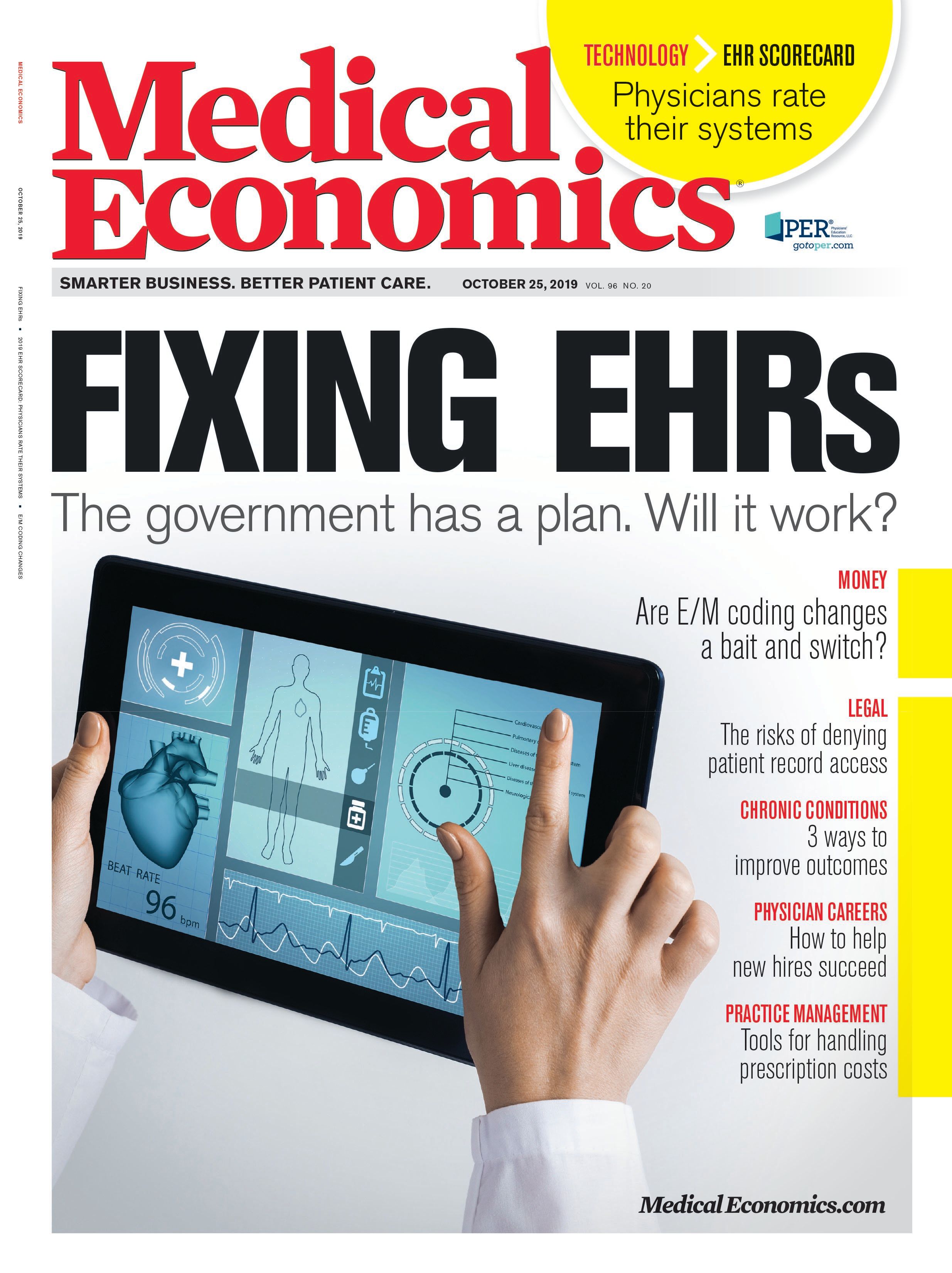Publication
Article
Medical Economics Journal
Bipartisan support keeps telehealth adoption moving forward
Author(s):
Telehealth solves many challenges by enabling easy, convenient contact between patients and physicians

Over the last decade, few issues in politics have been more polarizing than healthcare. It’s driven a deep wedge between Democrats and Republicans, particularly following the passage of the Affordable Care Act (ACA) and the subsequent efforts to repeal it, and has caused rifts within those parties.
Yet despite all the animosity, there is one subset of healthcare that has had the opposite effect, pulling ample support from both parties to drive multiple initiatives forward: telehealth. Whether it takes the form of remote patient monitoring (RPM), online video discussions between patients and providers (telehealth), asynchronous information exchange or some other option, it’s a concept politicians of all persuasions, from fiscal conservatives to social liberals, are lining up to promote for one simple reason: it makes sense.
Despite all the wrangling over the specific path to get there, most politicians are in favor of transitioning healthcare from fee-for-service (FFS) to value-based care. Paying for outcomes rather than for activities is very American; we like to see results. It’s also critical to bringing the skyrocketing cost of healthcare under control, especially if the ultimate goal is to keep people healthy so they consume fewer healthcare resources and dollars.
The challenge, however, is that nearly everyone spends more time outside of the healthcare system than within it. That makes it far more difficult for primary care physicians and other providers to monitor the health of their patients on a regular basis, which means they often don’t learn of developing health issues until they get so bad their patients can’t stand it anymore.
Telehealth solves that challenge by enabling easy, convenient contact between patients and providers. Remote patient monitoring in particular can give providers daily or even real-time data on the conditions of their highest-risk patients so they can address developing issues before they require an emergency department visit or inpatient stay. And these days, telehealth is easier than ever to put in place, because the enabling technology is nearly universal.
Pew Research says that 81 percent of Americans now own smartphones, and more than half (52 percent) own tablets. So in many cases, the infrastructure is already there. Providers simply need to take advantage of it to drive better health outcomes.
That’s also what makes it easy for politicians to get behind telehealth. They don’t need to spend billions to create a new system. They merely need to throw their support behind it to encourage its use and growth. Here are some of the ways they are doing that:
- The recently introduced Chronic Disease Management Act of 2019 (S. 1948, H.R. 3709) intends to allow health savings account (HSA)-eligible high-deductible health plans to cover chronic disease prevention and treatment on a pre-deductible basis. Bill sponsors include John Thune (R-SD) and Tom Carper (D-DE) in the Senate and Earl Blumenauer (D-OR) and Tom Reed (R-NY) in the House. Since telehealth is an important component of the preventive aspect of chronic disease management, this bipartisan legislation will make it easier and more affordable for health plans to cover these services. America’s Health Insurance Plans also supports this important new legislation.
- The Substance Use-Disorder Prevention that Promotes Opioid Recovery and Treatment (SUPPORT) for Patients and Communities Act (H.R. 6), which took effect July 1, 2019, enables an individual’s home to be used as a site for treatment and recovery from opioid abuse via telehealth. Among the major beneficiaries are older Americans and people of all ages in rural areas, as both of these populations may find it difficult to travel to an outpatient clinic for regular treatment. It is particularly important to older Americans who live in rural areas, as the death rate from opioid addiction there is 10 times higher than the national all-populations average.
- Medicare patients with End-Stage Renal Disease (ESRD) can now use their homes as an approved site for a telehealth consult. Changes in the Centers for Medicare and Medicaid Services’ (CMS) rules about originating sites mean that as of January 1, 2019, patients with ESRD who are receiving dialysis in their homes can now use telehealth services to consult with their physicians rather than going into the office. To be reimbursed, physicians must simply encode the encounter under HCSPS/CPT code 90963.
- H.R. 6502, the Reducing Unnecessary Senior Hospitalization (RUSH) Act of 2018, has been reintroduced in Congress. This bill seeks to minimize disruption in the lives of senior citizens by giving skilled nursing facilities (SNFs) additional financial incentives to use telehealth to connect patients to the emergency department during an emergency rather than automatically transferring them to the hospital. Originally, the bill received bipartisan sponsorship from three Republicans and two Democrats. It now has 10 cosponsors-four Republicans and six Democrats.
- Medicare Advantage plans make telehealth a standard benefit. As of January 1, 2020, CMS will allow telehealth services (including remote patient monitoring) to be offered as a standard, covered benefit rather “optional” coverage for which members must pay extra. CMS also allows anyone with basic Medicare coverage, rather than just beneficiaries in rural areas, to have a virtual check-in with their physicians by phone or video chat.
- States are also looking at telehealth changes in Medicaid programs. Just like their Federal counterparts, many states are realizing the value of recognizing the home as a site of care. They are seeing that giving Medicaid beneficiaries the option of connecting to their physicians via technology rather than in-office visits can help beneficiaries address acute issues earlier and take advantage of more preventive care. Use of telehealth can eliminate the need for Medicaid populations to take unpaid time off of work or coordinate care for healthy children when another child is ill.
These are just a few current examples of the gathering momentum and support for telehealth services on both sides of the aisle, from the grassroots up to the Federal level. The changes being implemented now will have a profoundly positive effect on the way care is delivered in the future.
Primary care physicians will find it particularly beneficial, especially as more of their revenue shifts from FFS to value-based care, where they take on more risk and are more directly responsible for the health outcomes of their patients. The sooner they take advantage of this trend, the better-prepared they will be as telehealth becomes the norm in healthcare.
Eric Rock is CEO of Vivify Health, an innovator and leader in connected healthcare delivery solutions, offering holistic remote care management while serving the nation’s largest and most progressive health systems, healthcare organizations and employers. He can be reached at e.rock@vivifyhealth.com.






